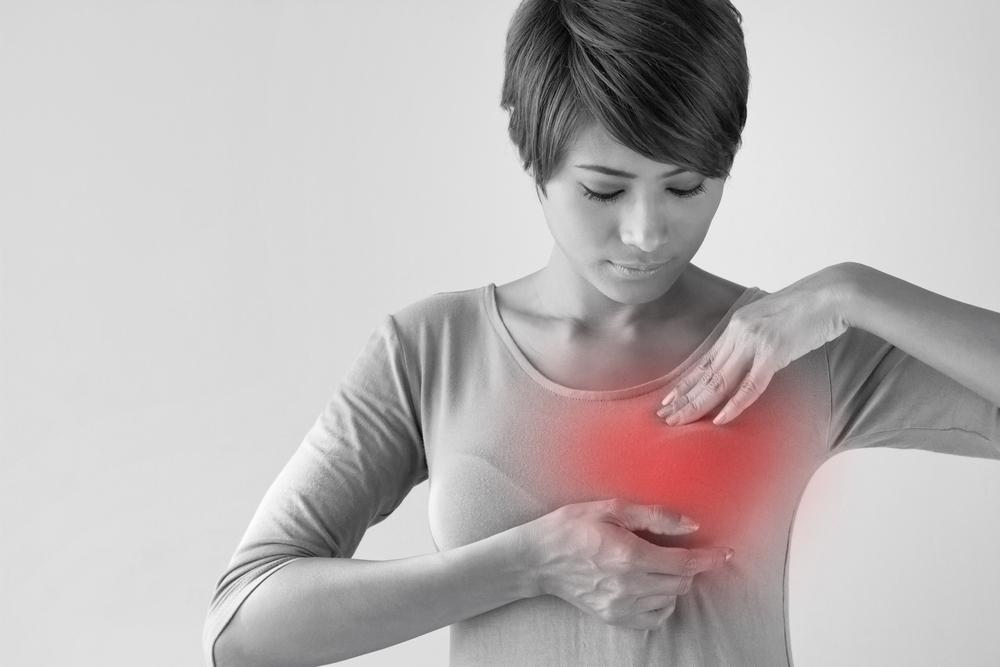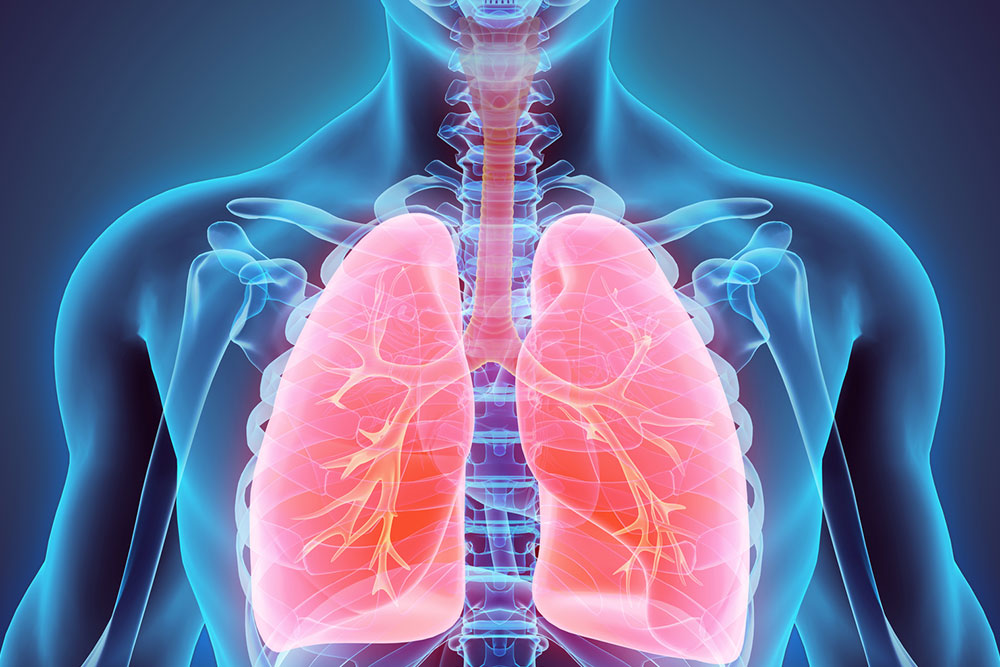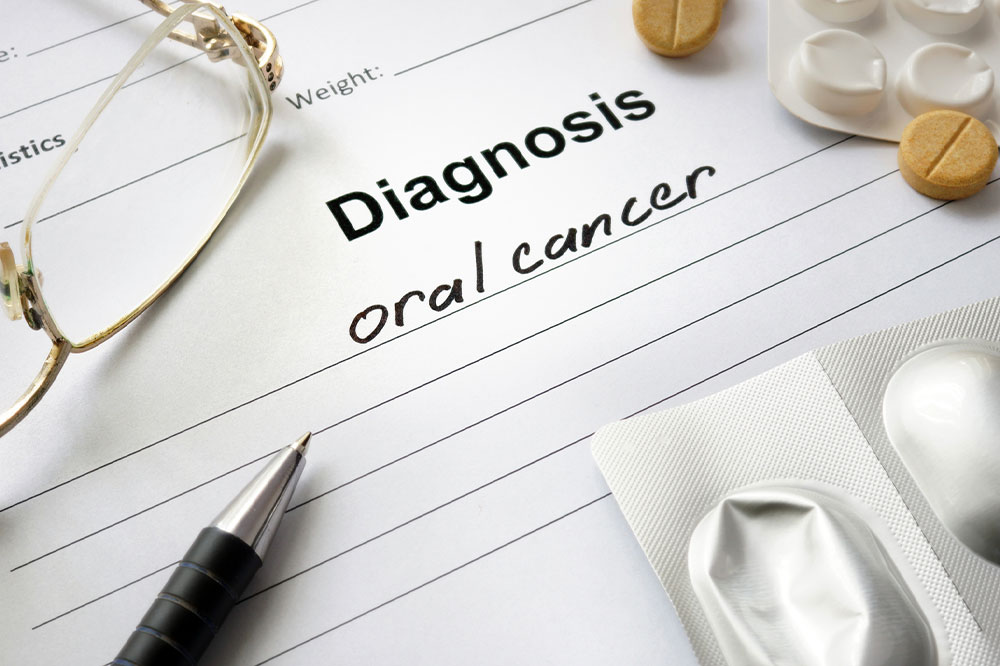A Comprehensive Guide to the Stages of Breast Cancer and Their Impact on Treatment and Prognosis
This comprehensive guide delves into the detailed stages of breast cancer, from initial non-invasive phases to extensive metastatic disease. Understanding each stage's characteristics, symptoms, and treatment options is crucial for early detection and effective management. The article emphasizes the importance of routine screenings and timely intervention to improve survival rates and quality of life for patients diagnosed with breast cancer. With insights into diagnosis, progression, and treatment strategies, readers gain a thorough understanding of this complex disease and its prognosis at various stages.

Understanding the Progression and Stages of Breast Cancer
Breast cancer is a complex disease characterized by the uncontrolled proliferation of abnormal cells within the breast tissue. It can originate from various cell types, predominantly in the lobules (milk-producing glands) and ducts (channels that carry milk to the nipple). Understanding how breast cancer progresses through different stages is essential for early detection, effective treatment planning, and improving survival outcomes. From initial non-invasive phases to advanced metastatic disease, each stage presents unique characteristics, symptoms, and treatment considerations.
Early diagnosis through routine screenings like mammograms can catch the disease at its nascent stages, often before symptoms appear, significantly increasing the chances for successful treatment. As the cancer advances, it can invade nearby tissues and spread via lymphatic and vascular systems to distant organs such as bones, lungs, or brain, categorizing it as metastatic breast cancer. The staging system provides crucial information about the extent of disease spread, guiding clinicians in choosing appropriate therapies and predicting prognosis.
Stages and Symptoms of Breast Cancer
The progression of breast cancer is classified into several stages, from zero to stage IV. Each stage reflects the tumor's size, how far it has spread within the breast, to lymph nodes, and to distant organs. Recognizing the differences in symptoms and characteristics at each stage helps in early detection and tailoring treatment approaches.
Stage 0: The Non-Invasive Beginning
Stage 0, also known as carcinoma in situ, is the earliest form of breast cancer where abnormal cells are confined within the ducts or lobules. These cells have not invaded surrounding tissues, and the disease is considered non-invasive. Typically, there are no noticeable symptoms at this stage, and it is often detected through screening programs such as mammograms. Because it is confined, treatment is highly effective, often involving surgery or localized therapies, leading to excellent prognosis. Early detection at this stage is crucial for successful eradication.
Stage I: Early Invasive Breast Cancer
In stage I, the cancer begins to penetrate the surrounding tissues but remains relatively small. Tumors are up to 2 centimeters in diameter. This stage is further subdivided into two categories:
Stage IA: Tumor measures up to 2 cm, with no presence of cancer in the nearby lymph nodes.
Stage IB: Tiny clusters of cancer cells are found in the lymph nodes under 2 millimeters in size, despite the primary tumor remaining small or sometimes undetectable.
Survival rates are notably higher when breast cancer is diagnosed at this early stage due to the limited spread. Treatment generally includes surgery, radiation, possibly chemotherapy, hormonal therapy, or targeted therapy based on tumor biology.
Stage II: Locally Advanced but Still Contained
Stage II breast cancer indicates a more significant tumor size and potential regional spread to lymph nodes. Tumors measure between 2 and 5 centimeters and may have begun to involve nearby lymph nodes. This stage reflects an increased local invasion but not distant metastasis. Subdivisions include:
Stage IIA: Tumor size ranges from 2 to 5 cm, with or without small involvement of lymph nodes.
Stage IIB: Tumors larger than 5 cm, with possible lymph node involvement.
Detection often occurs through physical examinations, mammography, or ultrasound. Early intervention at this stage can significantly improve treatment outcomes, often combining surgery with adjuvant therapies.
Stage III: Locally Advanced or Regional Disease
At stage III, breast cancer becomes more aggressive, often involving larger tumors or extensive regional spread. This stage is also termed as locally advanced breast cancer and includes tumors larger than 2 inches (about 5 centimeters) that may have spread to nearby tissues and lymph nodes. It is subdivided into three categories:
Stage IIIA: Cancer has spread to lymph nodes near the breast (typically in the axilla) or involves internal mammary nodes; tumor size varies.
Stage IIIB: The tumor invades the chest wall, skin, or causes inflammatory breast changes, often presenting as redness and swelling.
Stage IIIC: Cancer has spread to lymph nodes above or below the collarbone, or to other nearby tissues, but has not spread to distant organs.
Though more challenging to treat, early aggressive therapy—including chemotherapy, radiation, surgery, and targeted therapies—aims to control local disease and prevent distant spread.
Stage IV: Metastatic Breast Cancer
This is the most advanced form of breast cancer, where cancer cells have disseminated to distant organs such as the bones, lungs, liver, or brain. The classification follows the TNM system:
T: Describes the primary tumor size and extent.
N1-N3: Indicates the degree of lymph node involvement.
M1: Signifies presence of distant metastasis.
Common signs and symptoms include skin changes like dimpling or nipple retraction, swelling, pain, neurological symptoms if the brain is involved, and fatigue. Systemic symptoms such as weight loss, organ dysfunction, and neurological issues are common in this stage. While stage IV disease is generally not curable, treatments focus on prolonging life and improving quality of life through systemic therapies like chemotherapy, targeted therapy, hormonal therapy, and palliative care.
Recurrent breast cancer is when the disease returns after initial treatment, often within two to three years. Regular follow-ups, imaging, and prompt medical attention for new symptoms are vital for managing recurrences effectively.





